Tra Vinh to thrive thanks to bountiful marine economy
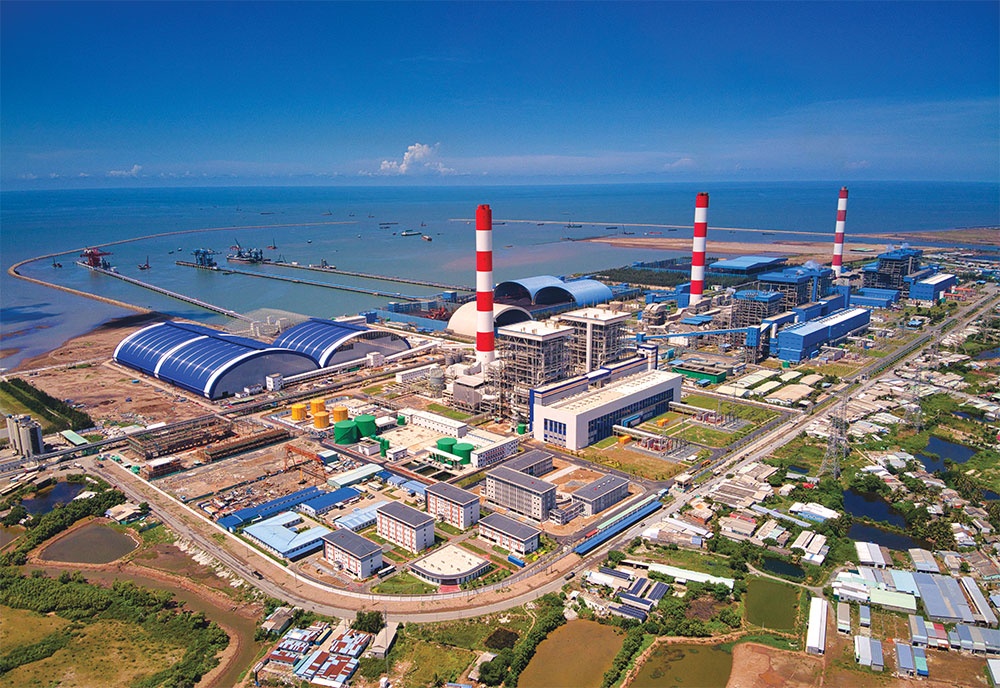 |
| Seamless infrastructure is one top aim to help serve the province’s marine economy |
Deputy Prime Minister Tran Hong Ha on October 3 approved Tra Vinh’s planning scheme for the decade and with a vision towards 2050, which will serve as the crucial fundament to drive the province’s socioeconomic development.
The plan is set to put the province into the list of top performers among localities in the Mekong Delta region.
To reach this goal, Tra Vinh aims to best avail of local abundant potential and its distinct advantages. It wants to achieve fast and sustainable industrial development gearing towards modernity, with the application of new and environmentally friendly technologies associated with marine economy advantages.
Next is placing emphasis on the energy industry through developing new renewable energy sources, turning the province into a major clean energy centre in the delta region, along with effectively exploiting existing thermal power plants. This will gradually raise the proportion of power produced from renewable energy sources, and contribute to ensuring energy security to propel socioeconomic development in the southern region.
In light of the strategy, Tra Vinh aims to develop the agricultural sector in a modern, sustainable, and circular direction, leveraging large-scale and concentrated commodity production along the value chain.
The prime target is to build up a highly competitive agricultural sector rooted on science-technology application and climate change adaption, along with strongly developing specialised farming areas for key crops as well as forming agricultural zones and high-tech agricultural areas.
The province also seeks to develop a concentrated and organic livestock industry capable of providing the market with high-quality products on par with food safety, hygiene, and disease prevention standards.
Livestock farming shall be reorganised towards promoting cooperation along the value chain associated with stepping up brand building efforts for local cows, pigs, and poultry.
To have in place competitive seaport and logistics systems, Tra Vinh is set to pump capital into developing seaport and logistics infrastructure; effectively exploiting all types of road, inland waterway and sea transport; and upgrading warehouse systems and logistics services, especially ports.
Of equal importance is promoting IT application to boost competitiveness, labour productivity, and the quality of logistics services. Forming and developing a logistics centre in Dinh An Economic Zone is also set as a development priority.
The scheme also underlines the need for Tra Vinh to rise into an appealing destination for the region, leveraging a green, sustainable, and highly competitive tourism sector.
It is also important to promote marine tourism and cultural tourism, particularly striving to best avail of Khmer culture, garden ecotourism, and community tourism, linking to other destinations in the Mekong Delta and beyond.
In light of the planning, by 2030 Tra Vinh would make it into the list of top performers in the delta region, buoyed by seamless transport infrastructure. The province also gears towards having a developed marine economy, adaptable to climate change implications, and the cultural values of local ethnic groups would be preserved and promoted.
By 2050, Tra Vinh will become a highly developed locality, home to a modern marine economic and clean energy centre, and with a seamless socioeconomic infrastructure system effectively connected to the region and the whole country.
The plan stipulates that the regional GDP in the province averages 11.5 per cent annually, in which the agro-forestry-fishery sector grows an average 3.32 per cent, the industry and construction sector increases an average 15.49 per cent, and the trade and service sector surges an average 10.8 per cent annually.
By 2030, per capita regional GDP based on current price touched $6.24 billion, and budget revenue surges from 12-15 per cent per year.
Agro-forestry-fisheries would account for around 18 per cent of the local economic structure, while that of the industry and construction sector approximates 46 per cent and that of the trade and services sector is 33 per cent.
By 2030, the province’s import export value is expected to reach $1.7-1.8 billion, and total capital volume for investment development will reach $14.7-16.8 billion.
Tra Vinh is nestled between two large rivers, bordering the Tien River in the north and the Hau River in the south. The vast ship channel into the Hau River plays a crucial role in promoting trade exchanges between the region, the whole country, and internationally.
Tra Vinh’s coast abounds with aquatic resources with high economic value, while the province’s coastal mangrove forests are deemed a green wall to help prevent the harmful effects of marine pollution, combined with promoting sustainable aquaculture and the execution of coastal wind power and biomass power projects. The area also hosts many important minerals for economic development, such as titanium, sand, clay, and mineral water.
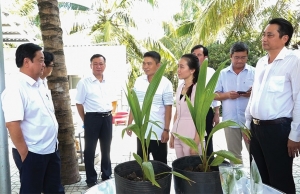 Tra Vinh goals bear fruit for green funding Tra Vinh goals bear fruit for green funding |
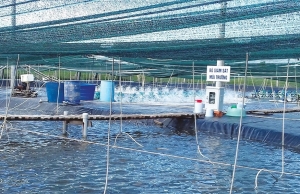 Tra Vinh bolsters governance efficiency via digital advances Tra Vinh bolsters governance efficiency via digital advances |
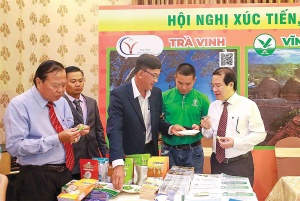 Tra Vinh determined for 2030 tourism breakthrough Tra Vinh determined for 2030 tourism breakthrough |
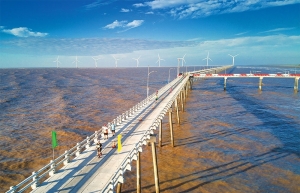 Tra Vinh proactive in green development Tra Vinh proactive in green development |
What the stars mean:
★ Poor ★ ★ Promising ★★★ Good ★★★★ Very good ★★★★★ Exceptional
Related Contents
Latest News
More News
- Global partnerships key to Vietnam’s IFC development (December 26, 2025 | 16:18)
- Vingroup pulls out of bid to invest in North-South high-speed railway (December 26, 2025 | 11:42)
- Strengthening supply chains through trade promotions and customs reform (December 24, 2025 | 14:00)
- PM orders investment model for North–South high-speed rail (December 22, 2025 | 17:43)
- LS Eco Energy to invest in Vietnam rare earth sector (December 22, 2025 | 17:31)
- Government moves to establish International Financial Centre (December 21, 2025 | 21:00)
- Vietnam's IFC to target global investment flows (December 21, 2025 | 18:00)
- Two national hospitals expand capacity with new facilities (December 20, 2025 | 09:00)
- Ha Tinh breaks ground on major Vingroup industrial and energy projects (December 19, 2025 | 18:24)
- EVN launches major power infrastructure projects nationwide (December 19, 2025 | 18:17)

 Tag:
Tag:




















 Mobile Version
Mobile Version